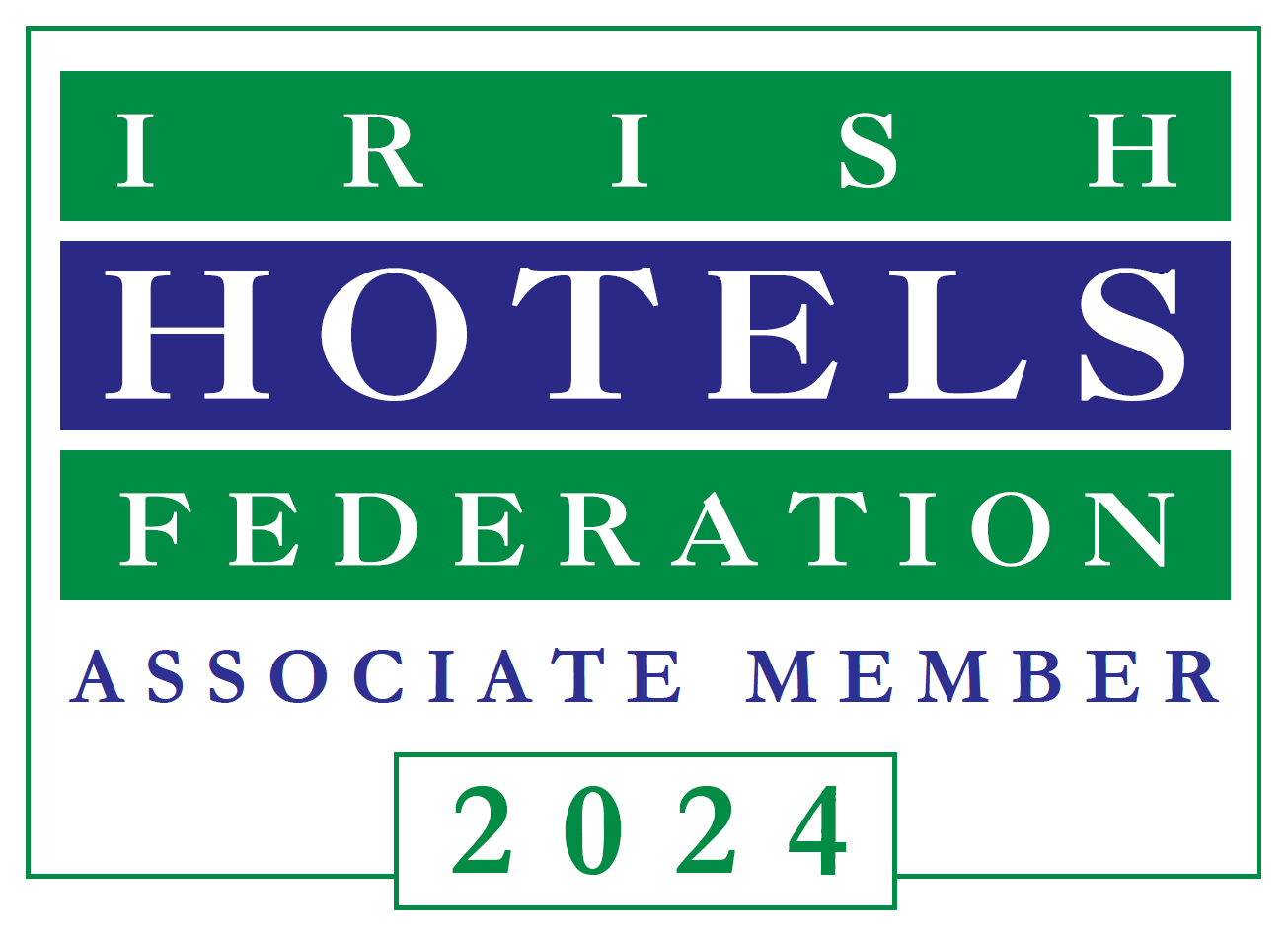Essential Checklist Tips
Effective Checklists help us to deliver the extra-ordinary without forgetting the basics!

In my last blog we discussed the use of checklists on the Front Desk and how the items contained on those lists may not be adding any value to the customer or to the business so they should be Removed, Reduced or Re-allocated and the time saved can be re-invested in more value adding activities benefiting the customer.
Today we continue the checklist theme, and we look at the origins of checklists and I share some tips for creating effective checklists I have learned from “The Checklist Manifesto” by Atul Gawande.
A lot of the time process failures are caused by the simple, basic, common sense tasks not getting done correctly or they are forgotten completely. It’s human nature to focus on the more enjoyable tasks and to forget the routine steps that need to be in place to make the activity successful in the first place.
It is also challenging when trying to ensure a process is implemented correctly and consistently with multiple people with varying levels of skills and experience so an effective checklist can go a long way to delivering a superior product or service.
The Pilots “pre-flight” checklist
In his book The Checklist manifesto the author Atul Gawande uses the example of the first flight of the B17 bomber aircraft in 1935 as an example to demonstrate the surprising power of checklists.
In the 1930s, the U.S. Army Air Corps held a competition for airplane manufacturers vying to secure a contract to build the military’s next long-range bomber. Boeing produced a plane that could carry five times as many bombs as the army requested and flew faster and further than previous bombers. On the day Boeing demonstrated its Flying Fortress, the plane lifted off the tarmac, stalled at 300 feet, and then crashed in a fiery explosion.
Investigators discovered the crash wasn’t caused by a mechanical malfunction, but rather pilot error. The problem was while the new bomber could carry more and fly faster and further than any other bomber in history, it was also an extremely complex plane to operate. To fly it, a pilot had to pay attention to four different engines, retractable landing gear, wing flaps, electric trim tabs, and much, much more. Because the pilot was so preoccupied with all these different systems, he forgot to release a new locking mechanism on the elevator and rudder controls. Overlooking something so simple killed the two men at the helm.
Instead of requiring more training, the test pilots implemented a simple pre-flight checklist. It spelled out all the basic tasks that were needed to fly the plane successfully. By implementing the checklist, pilots flew the Boeing bomber 1.8 million miles without a single accident.
The Surgical Safety Checklist
Another more recent example is in medicine, prior to 2005 errors occurred in surgical incidents in nearly 15% of all patients globally!
The World Health Organisation (WHO) started work to address this in 2006 and in June 2008 WHO launched the “Surgical Safety Checklist” modelled on the pre-flight checklist pilots undertake.
The checklist is a simple 19-item tool which addresses serious and avoidable surgical complications, by ensuring that critical steps outlined in the guidelines are done in every surgery, every time, everywhere. It also serves as a critical communication tool for the operating theatre team.
Mandated for use in the NHS in 2009 and in other countries around the World; studies have found that surgical deaths were reduced by approximately one-half and surgical complications were reduced by more than one-third when the surgical safety checklist was implemented.
Similar checklists have since been introduced to other hospital departments to improve patient outcomes, communication and save costs.
So, what do checklists do?
- Checklists verify that the necessary minimum gets done - Because the stupid simple stuff is so stupid and simple, we often fool ourselves that it’s not important in the grand scheme of things. But as we’ve seen, it’s often our most basic tasks that can spell the difference between success and disaster.
- Checklists free up mental space - You don’t have to think about remembering to do the stupid simple stuff because there’s a checklist for that. Offloading the need to remember basic tasks frees up the brain to concentrate on the important stuff.
- Checklists instill discipline - Because checklists provide a binary yes/no answer, they instill discipline in the person that uses it. Research shows that giving someone a checklist for a task increases his or her chances of completing it.
- Checklists save time - checklists can prevent errors caused by skipping basic steps, you spend less time fixing mistakes and more time doing constructive work.
How to Make an Effective Checklist
Here are some tips from The Checklist Manifesto to help you create a truly useful checklist:
- Investigate your failures and look for “killer items.” Examine why you aren’t getting the results you want. Look for failure or friction points in the tasks you do routinely. These failure or friction points will serve as the basis for your checklist.
- Focus only on the “stupid” essential stuff that’s frequently overlooked or skipped. You don’t need a checklist that lists every single step on how to complete a task. just focus on putting down the “stupid” but essential stuff that you frequently miss. Your checklist should have no more than 9 items on it. The shorter the better.
- Decide if you need a “communication” checklist. communicating with others becomes vital to managing all the moving pieces. In such a case, create a dedicated communication checklist and make sure it includes who needs to talk to whom, by when, and about what.
- Decide if your checklist will be a “DO-CONFIRM” or “READ-DO” checklist.
- With DO-CONFIRM checklists, you do your job from memory and experience, but then at a certain point you stop to go through your list to verify you did everything.
- READ-DO checklists require you to read and perform a task on the checklist before you can move to the next task.
- Test your checklist in the real world and refine as needed. If you’re still experiencing the same failures or if the checklist makes work cumbersome to the point that it becomes a stumbling block, then you need to refine your checklist.
In the Hospitality business a lot of what we do every day are simple, repeatable, common sense tasks and that’s what makes them easy to forget!
Remember the mantra: “Common sense does not equal common practice”!





